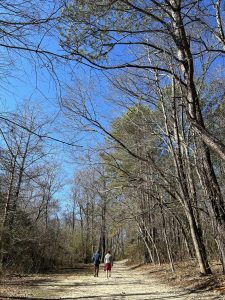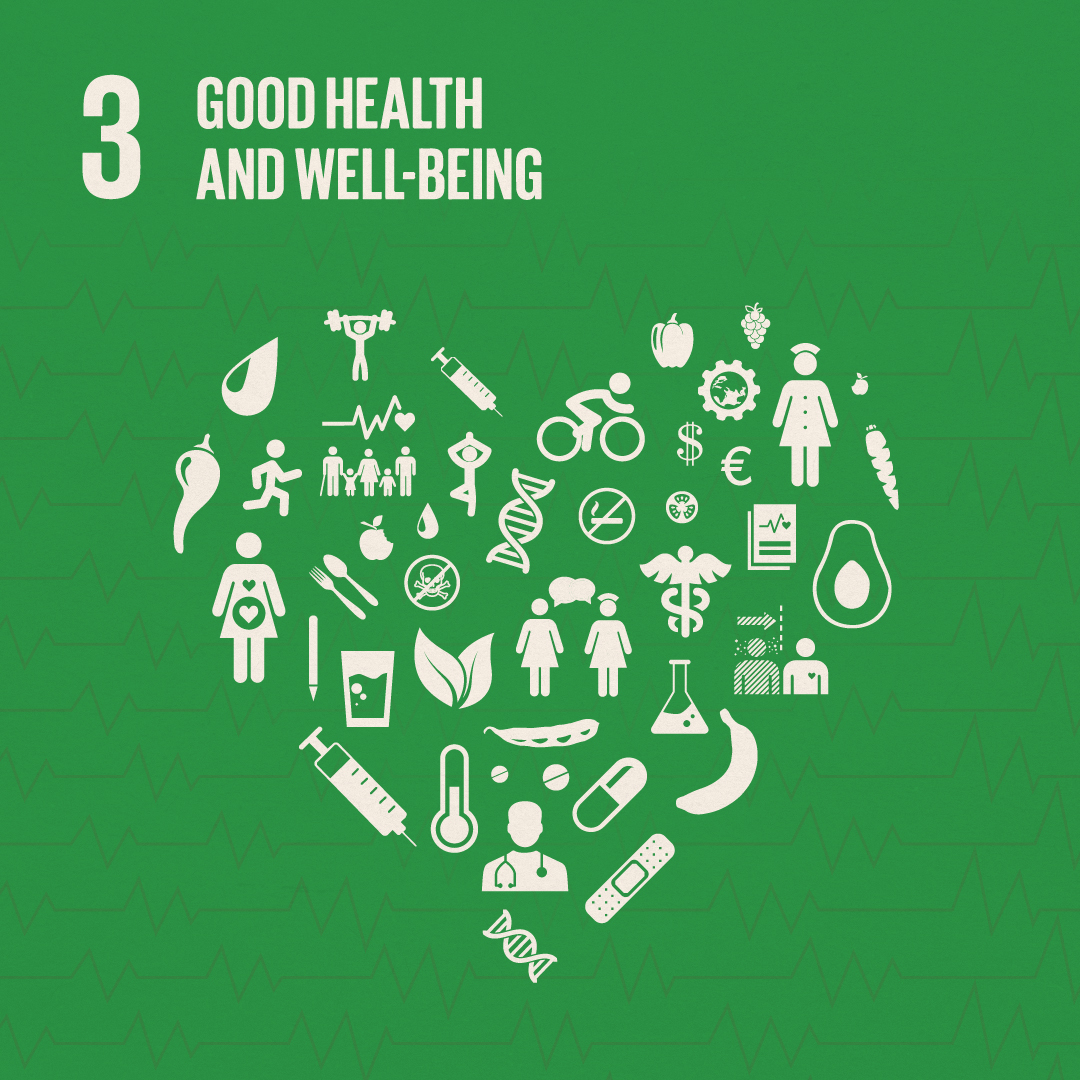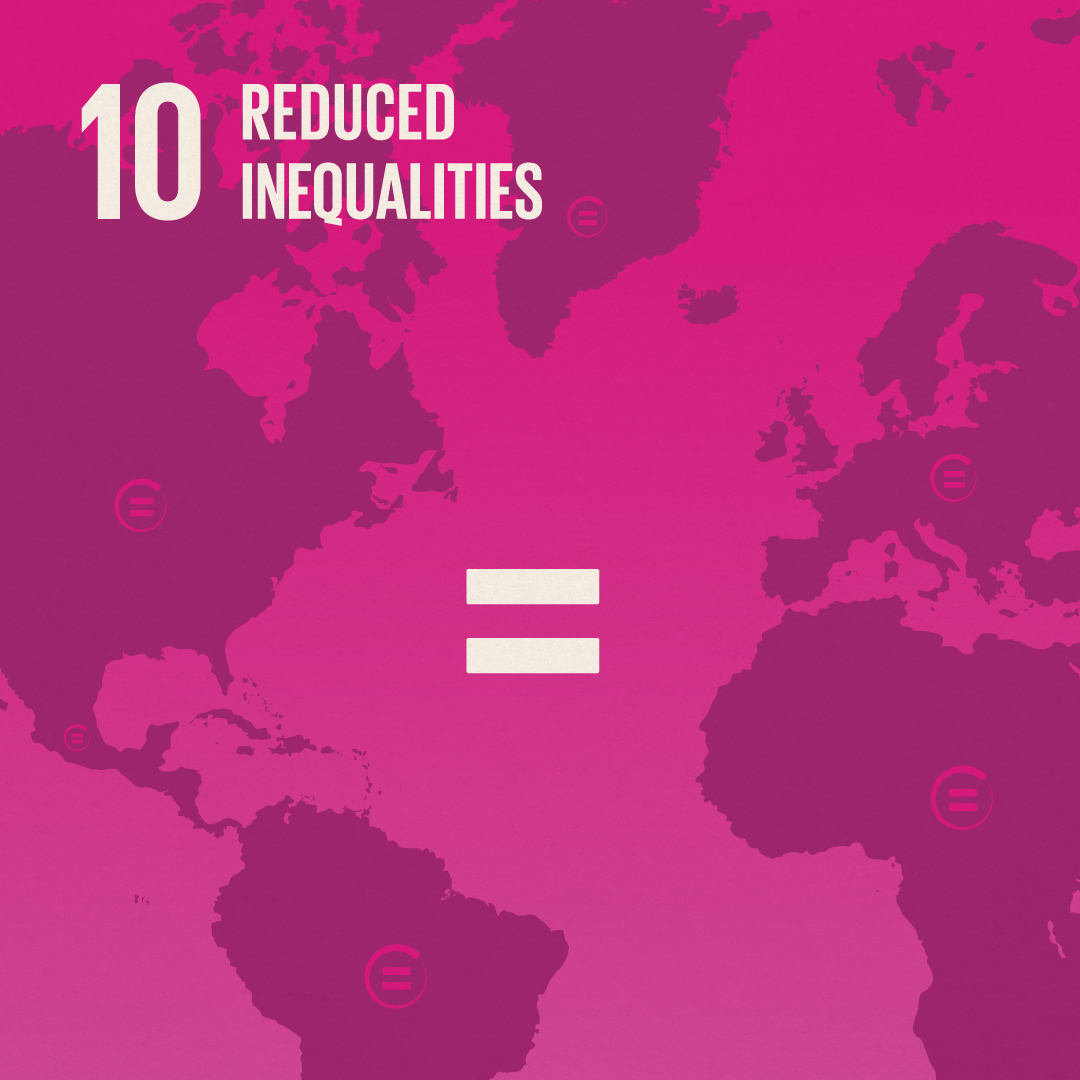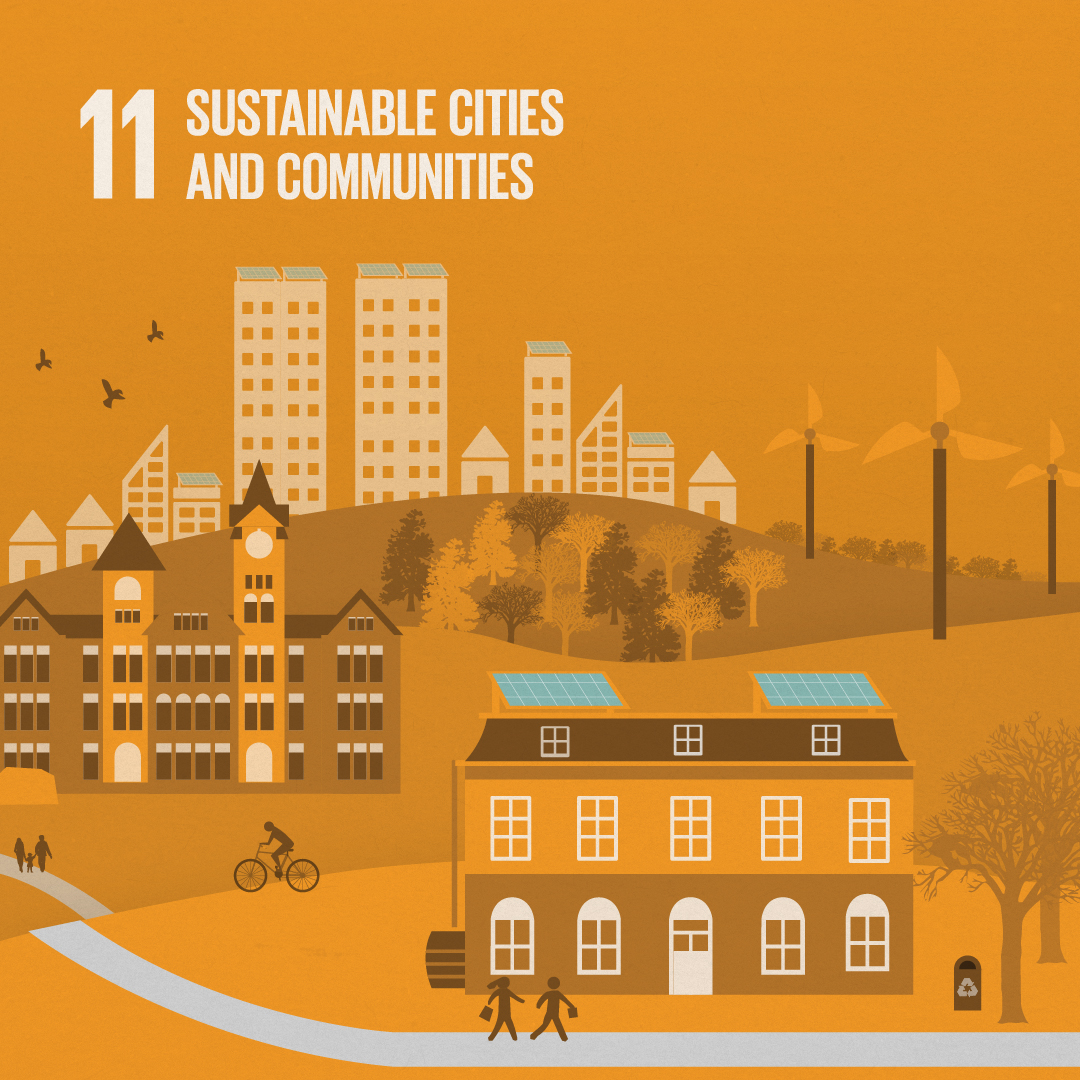By Binita Mahato

A stroll through Town Creek Park, Auburn AL in Spring 2023 (credit: author)
I vividly remember my parents visiting from India last spring. Every weekend, we would stroll in one of the parks in Auburn. For me, this was an everyday activity. For my parents, however, it was a moment of great joy to spend quality time in nature. They are in their sixties but while in India they had never considered going to a park for passive recreation. Their sense of happiness made me realize that things we often take for granted can be rare and special for others.
In cities across India, parks are not as abundant as those in Auburn or other cities in the United States. Finding public parks with expansive natural spaces that do not require an entry fee is rare. Many Indian cities have less than 5% of open spaces, including parks, which fall significantly below the minimum requirement of 15% set by the World Health Organization (WHO). This led me to reflect on the immense value that parks hold for individuals living in densely populated areas around the world.
In the 1800s, public parks were not very widespread in the United States either. Parks located in and around cities were typically privately owned and had restricted access based on race, wealth, and even gender. However, thanks to the American Urban Parks and Recreation Movement of the 19th century and its many pioneers, including Frederick Law Olmstead, cities now have great public parks like Central Park in New York or Washington Park in Chicago. These parks offer a vast expanse of nature amidst the concrete jungle and are free for anyone and everyone to use. But are they truly accessible to all?
Since the implementation of the Civil Rights Act of 1964, racial segregation in public amenities and services such as parks has been officially abolished. However, it is questionable whether we have succeeded in providing equal access to parks for all city dwellers. Parks are public facilities that are meant to be accessible to all individuals with equal rights. Despite this, it is noticeable that parks in affluent neighborhoods are often well-maintained with good play equipment, beautiful flower beds, and functional facilities. On the other hand, parks in poorer neighborhoods are often run down with litter, faulty equipment, and minimal nature. This trend seems to be consistent nationwide.
Equal access to parks is emerging as a pressing Environmental Justice concern of cities in the US and worldwide. With the rapid rate of urbanization and the rising global temperatures, access to nature for the social, environmental, psychological, and even economic well-being of urban dwellers has never been this crucial. The COVID-19 pandemic has reinstated the value of having a small piece of nature in one’s backyard, as even a small balcony can feel like a window into vast open space when stuck inside walls for weeks on end. It would have been wonderful if everyone could safely visit parks and interact with each other without fear of spreading the virus. We have all come to realize how important the outdoors is, especially for children and the elderly, who need parks for a healthy and happy life.
How can we create parks that are accessible to everyone – regardless of age, gender, race, religion, or background? One solution may be to avoid making our parks homogeneous and over-standardized. Instead, we can leave room for users to shape their own spaces according to their needs. When parks are too standardized, they often only cater to certain groups. For example, a dog park is only usable by those who have dogs. To make our parks more inclusive, we can keep them natural, simple, and loose. Children should be encouraged to play with natural materials like wood, rocks, mud, and leaves, in less restrictive environments. Elderlies should be able to smile watching the next generations’ mischiefs and silly falls. Parents with different backgrounds can share their own childhood experiences with each other while watching over their kids. And on a bad day, a visit to the local park and chatting with a stranger can help lift one’s spirits.
Parks for people should not be a dream, it should be our everyday reality.
Binita Mahato is an Assistant Professor for the Community Planning Program & the Department of Political Science at Auburn University.
Learn about the SDGs & AU and our contributions related to this post.







